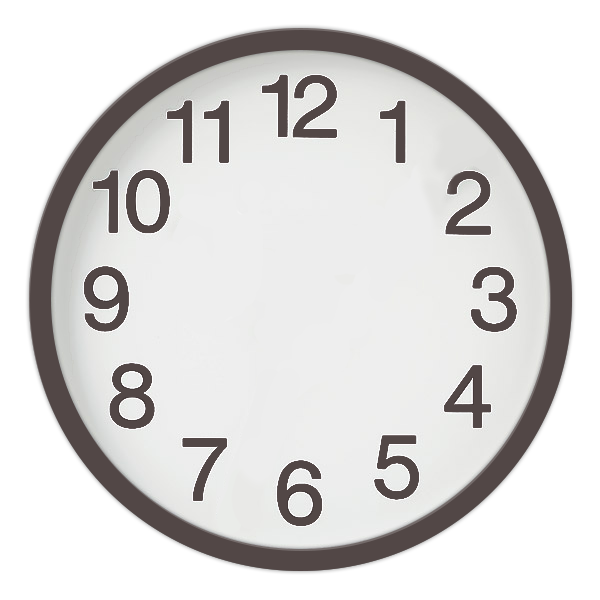Coming Soon...
OKSomething went wrong!
Please try again later.


A Great Golf Swing ( Credit: Pexels )
Golf is a game of precision, power, and finesse. As technology and biomechanics research advance, new tools, techniques, and insights into the perfect golf swing continue to emerge. Today, we'll check off four cutting-edge metrics and strategies that can do wonders for your golf game. Understanding and implementing these concepts can take your swing to the next level, whether you're a weekend warrior or an aspiring pro.
The concept of sway gap is relatively new in golf instruction, but it's quickly gaining traction among coaches and pros like the US Open winner Bryson DeChambeau. Coined by SportsBox AI, the sway gap measures the difference between how much your upper and lower body sway during the swing.
Why Sway Gap Matters
Amateur golfers often have a sway gap that's too small, meaning their upper and lower bodies move too much in unison. This can lead to at least three issues:
How to Optimize Your Sway Gap
To improve your sway gap:
1. At the top of your backswing, aim for your upper body to be about 2-3 inches behind your lower body.
2. At impact, your upper body should be about 6-7 inches behind your lower body.
Practice this separation by focusing on turning your shoulders more than your hips in the backswing, and then initiating the downswing with a hip slide towards the target.
Golf, like many precision sports, calls for a delicate balance of consistency and adaptability. Just as skilled players in online blackjack must stick to basic strategy while remaining flexible, golfers must maintain a consistent swing sequence while adjusting to various course conditions. Your golf downswing should always follow the same sequence, no matter what shape of shot you've got or what kind of ball flight you prefer.
According to Joe Plecker, Director of Instruction at the Landings Club, the perfect downswing sequence consists of three must-know steps:
1. Shift
2. Rotate
3. Rise
Step 1: Shift
Initiate your downswing by shifting your hips towards the target. This movement creates separation between your lower body and upper body, setting up the powerful rotation to come.
Key points:
Step 2: Rotate
Once you've shifted your weight, rotate your body open through impact. This rotation is what generates the majority of your swing speed.
Key points:
Step 3: Rise
As you complete your rotation, allow your body to rise into the follow-through. This upward motion helps to fully release the club and protect your back.
Key points:
Practice this shift-rotate-rise sequence slowly at first, gradually increasing speed as you become more comfortable with the motion.
The pelvis slide, or pelvis sway at impact, is an all-important metric that measures how much your hips move towards the target during the downswing. This movement is essential for transferring weight and generating power.
Pro golfers often have a pelvis slide of about 6 inches at impact, meaning their hips have moved 6 inches towards the target from their starting position. Many amateur golfers struggle with this move, often having a pelvis slide of only 2-3 inches.
How to Improve Your Pelvis Slide
1. Start the downswing by pushing off your back foot
2. Feel like you're bumping your hips towards the target
3. Allow your upper body to stay back as your lower body moves forward
4. Practice with an alignment stick or club across your hips to visually see the movement
Remember, the goal is to create separation between your upper and lower body, not to slide your entire body towards the target.
Recent research has shown that the ideal backswing can vary depending on your grip style. This insight, provided by SportsBox AI, can help you optimize your turn for maximum power and consistency.
Strong Grip Backswing
If you use a strong grip (trail hand rotated more to the right on the handle):
Weak Grip Backswing
If you prefer a weaker grip (top hand more on top of the handle):
Experiment with these different backswing styles based on your grip to find what feels most natural and produces the best results.
Wrapping Up: Putting It All Together
Adding these five modern metrics and strategies to your golf swing can seem overwhelming at first. The key is to work on one element at a time, gradually integrating them into your overall swing. Here's a suggested practice routine:
1. Start with grip and setup, ensuring you're in a good position to execute the swing
2. Practice the backswing, focusing on creating the appropriate sway gap for your grip style
3. Work on the downswing sequence (shift-rotate-rise), paying particular attention to the pelvis slide
4. Finally, focus on achieving the correct impact position
Remember, change takes time. Be patient with yourself and consider working with a golf professional who can provide personalized feedback.
READ MORE :
 Tourism, and turf management are the focus of this year’s Golf & Turf Summit
Tourism, and turf management are the focus of this year’s Golf & Turf Summit
 Indian Golfer DIKSHA DAGAR in Paris Car Crash; Mother Hospitalized, OLYMPICS Hopes Unshaken
Indian Golfer DIKSHA DAGAR in Paris Car Crash; Mother Hospitalized, OLYMPICS Hopes Unshaken
 The Reasons Behind Golf’s Immense Success in the Betting World
The Reasons Behind Golf’s Immense Success in the Betting World
 Rory Mcllroy's victory at PGA tour ahead of PGA Championship 2024, will make it more thrilling
Rory Mcllroy's victory at PGA tour ahead of PGA Championship 2024, will make it more thrilling
Indian Golf Union | April 02, 2025
The R and A hails groundbreaking initiative by the Indian Golf Union to popularize the sport among young children at the grassroot level Read More
4moles Editorial | March 20, 2025
Golfers in Navi Mumbai have something truly special to look forward to—Kharghar Valley Golf Course . Read More





